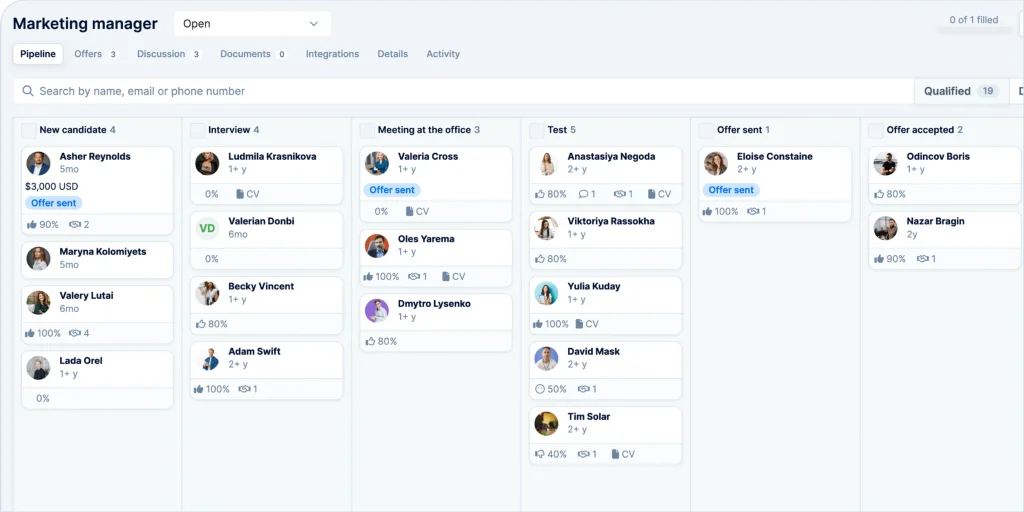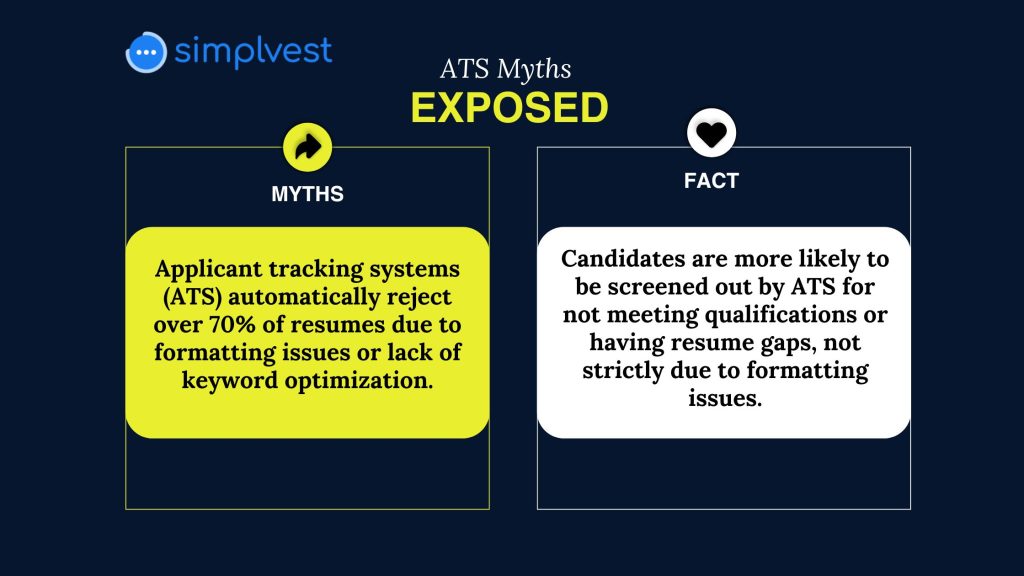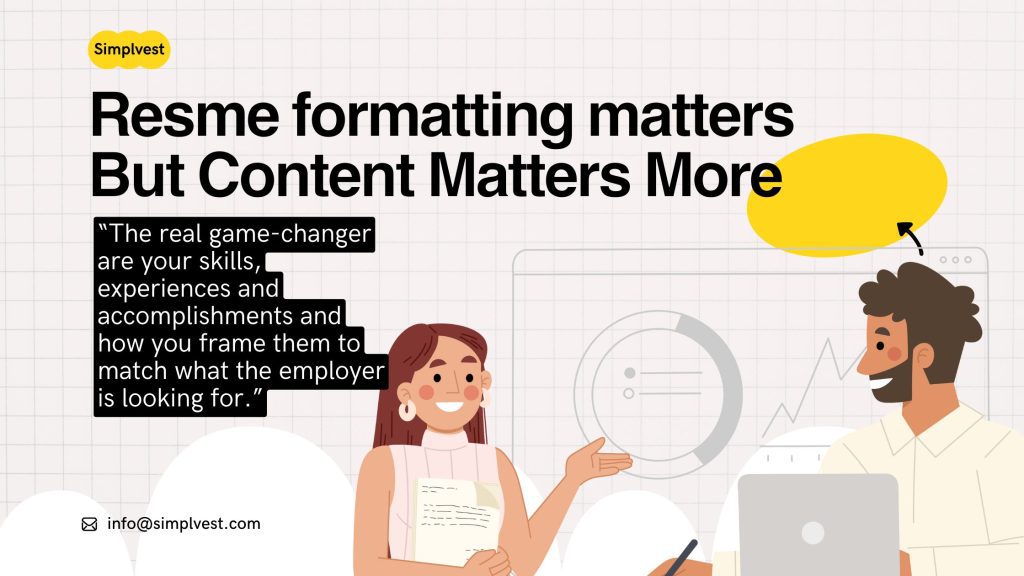Since their invasion of the job world, ATS systems have become a significant part of the hiring process. They are not going anywhere. However, they may not be the reason you’re getting rejected. Here’s how you can game them.
What Are Applicant Tracking Systems?
An Applicant Tracking System (ATS) is a software tool that helps companies manage the hiring process. It acts like a digital assistant for recruiters and employers, helping them keep track of job applicants, organize resumes, and streamline the entire recruitment process.
An ATS can do everything from posting job openings online to sorting through applications, making it easier for companies to find and hire the best candidates. By automating many of the routine tasks involved in hiring, an ATS saves time and ensures that nothing falls through the cracks, making the hiring process more efficient and effective.

Larger companies that handle a lot of recruitment are increasingly adopting ATS. According to HiringThing Blog:
- Over 98.8% of Fortune 500 companies use an ATS to streamline their recruitment processes. It is not just limited to big corporations; 66% of large companies and 35% of small organizations also utilize ATS tools.
- 86% of users reporting quicker hiring times with ATS.
- 78% of recruiters claim that ATS tools improve the quality of candidates they hire thus saving them costs. Companies that use them say they experience a 40% reduction in turnover rates.
- 20% say they fill job vacancies faster with ATS compared to manual processes. Also, LinkedIn data suggests that ATS can shorten the hiring cycle by up to 60%, which is crucial in retaining top talent who may otherwise lose interest if the process takes too long.
- 79% of organizations use AI in their ATS systems with 20% of companies planning to incorporate AI into their ATS within the next five years. AI serves in better candidate screening, matching job descriptions to candidate profiles, and even predicting candidate success based on past data.

The Myth of ATS Rejections
Marie Zimenoff did an incredible job debunking the ATS rejection myth that has filled many job seekers with anxiety. The myth is that applicant tracking systems (ATS) automatically reject over 70% of resumes due to formatting issues or lack of keyword optimization.
I’ll recommend giving it a read. But here are the hot takes:
- The stat (originally 75%) was first used in 2012 by a company TopResume that sold resume writing services. Well, TopResume no longer exists though their stat lives on in infamy.
- There is really no recent research or data that supports this claim.
- Recent research suggest that most companies still have human reviewers looking at every resume. ATS is used mostly to rank and filter out the pool. Mind the wording, it says ‘filter’ not ‘reject’. In other words, ATS is used to ensure that only qualified candidates rise to the top of the recruiter’s pipeline to be reviewed. The key word remains ‘qualified’.
With this established, the article makes the following suggestions to help escape being filtered out by ATS:
- The research shows that candidates are more likely to be screened out by ATS for not meeting qualifications or having resume gaps, not strictly due to formatting issues. The ATS hack then is to format your CV to be skimmable and to be able to draw the eyes to important qualification quickly.
- It recommends optimising your CV for readability by using clear section headings, brief bullet points, consistent formatting, and perhaps tasteful visuals to illustrate key accomplishments. (It warns against replacing text entirely with graphics but rather complementing it).
- Again, it recommends tailoring your resume to highlight how your skills and experiences match the specific role. This cannot be overemphasized. Analyze job descriptions to nail the right skills and keywords in your resume’s text. Translate your experience into the employer’s vernacular.
- The article recommends using Word to create your CV and saving as PDFs. Some ATS may struggle with other file types or heavy graphics.

The Bottom Line Is…
While FORMATTING MATTERS, CONTENT MATTERS MORE. No fancy formatting can compensate for lacking the core qualifications and skills. An ATS-friendly formatting can only help present your relevant experience in a way that can be skimmed through and read easily whether by an ATS or by a human reviewer.
It is powerless beyond that.
Let’s be sure:
- ATS are not the game-changer you’ve been looking for. It’s as they say, putting the cart before the horse.
- The real game-changer are your skills, experiences and accomplishments and how you frame them to match what the employer is looking for.
- So by all means, optimize formatting to make for an easy read. But don’t fall for this scam.
- Like Elizabeth Cady Stanton said: “Truth is the only safe ground to stand upon.”
Land Your Dream Job With These Insights
Your LinkedIn Profile Is Your CV: Boost It and Land Your Dream Job: More employers are skipping cover letters, CVs and resumes entirely and simply asking candidates to provide their LinkedIn profile link as part of their application. Here’s how and why you should boost your profile.
Job Posting or Job Posting For Show? How to Tell: Tired of ghost job postings? Learn how to spot fake job ads and boost your job search success.
Job Seekers: A Recommendation Could Be the Game-Changer: Do you have only soft transferrable skills but lack direct experience? A recommendation can be the game-changer you have been looking for. Here’s how to seek out recommendations for your next job.
Multinationals: Reasons You Shouldn’t Hesitate to Apply to them: Lets be honest! Jobseekers find big multinational companies to be super intimidating. Here are a few reasons to take your chance with multinationals.









